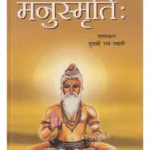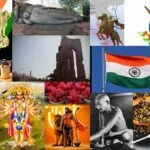The New Year is one of the most important celebrations in the many different cultures, religions, and traditions that can be found on the Indian subcontinent. The Indian New Year is a time for families and communities to come together to mark the beginning of a new year because of the numerous regional variations and distinctive customs.
The India’s New Year is marked by a variety of celebrations, including Uttarayan (Makar Sankranti) in the west, Gudi Padwa in Maharashtra, Baisakhi in Punjab, Puthandu in Tamil Nadu, and Bihu in Assam. The Indian New Year is a time for new beginnings, reflection, and celebration, each with its own significance, traditions, and rituals.
In this blog, we will discuss the various Indian New Year celebrations, their significance, and the rich cultural heritage that goes along with them. We hope this blog provides an engaging and instructive look at the Indian New Year, whether you are a resident of India or just want to learn more about the country’s numerous cultural traditions.
Celebrations
In various parts of India, the Hindu New Year, also known as the Indian New Year, is celebrated with distinctive customs and traditions. Some of the most famous celebrations are as follows:
Makar Sankranti, or Uttarayan: This is a well-known Hindu festival that is observed throughout western India, particularly in the state of Gujarat. It is regarded as a significant astrological event because it marks the sun’s entry into Capricorn (Makar). Flying kites, taking holy dips in rivers, and eating traditional foods are all part of the Uttarayan celebration.
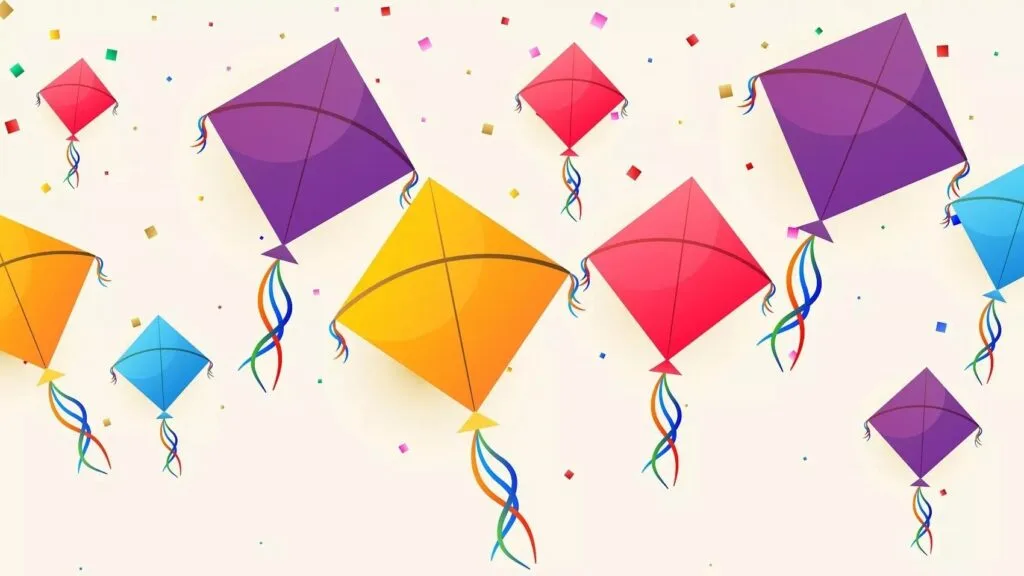
Gudi Padwa: This harvest festival is observed in Maharashtra and marks the beginning of the Hindu solar new year. The Gudi, a traditional flag, is hung outside homes and flower garlands are used to decorate them.

Baisakhi: This harvest festival is observed in the Punjabi state and marks the beginning of the Hindu solar new year. People visit their loved ones to greet them and give them gifts, and it is celebrated with feasts, traditional songs, and dances.
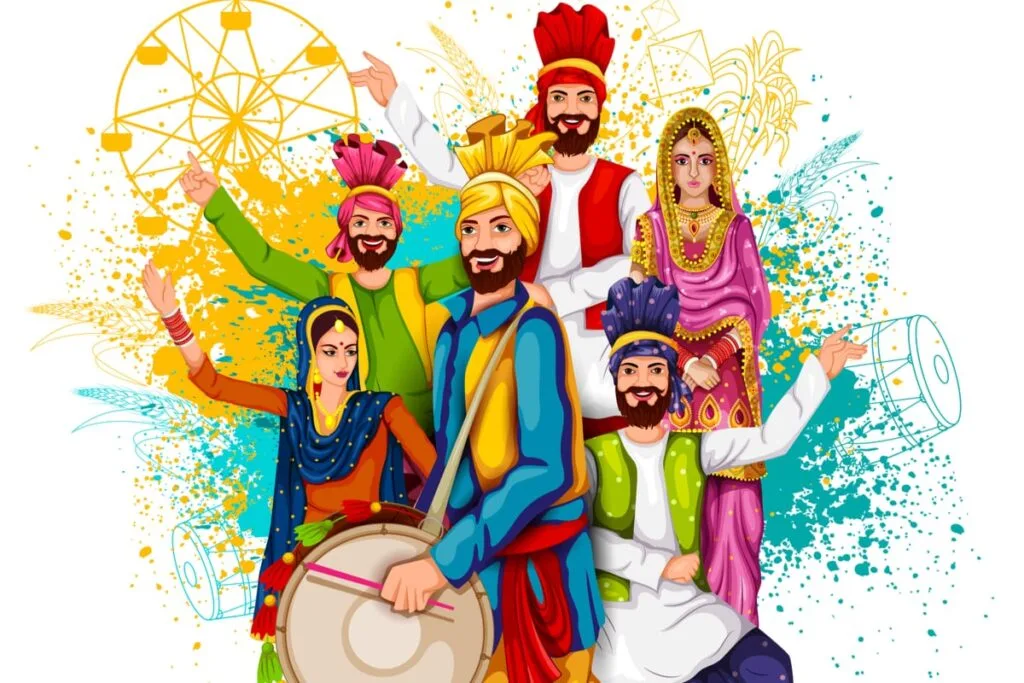
Puthandu: Tamil Nadu celebrates this as the Tamil New Year. Feasts, special prayers, the giving and receiving of sweets, and greetings from friends and family are all part of the celebration.

Bihu: This Assamese harvest festival is celebrated in Assam and marks the beginning of the Assamese New Year. Feasts, traditional dances, and the giving and receiving of gifts are all part of the celebration.
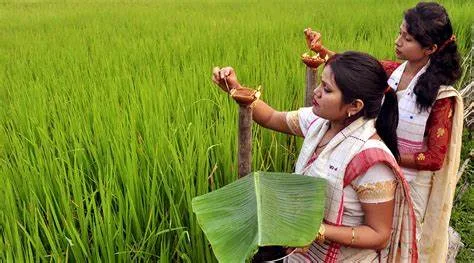
These are some of the most important Indian New Year celebrations, each with its own cultural significance, customs, and traditions. The Indian New Year is a time for celebrating new beginnings, reflecting on the previous year, and preserving cultural traditions, regardless of regional differences.
Significance
Numerous individuals place a significant amount of cultural, religious, and astrological significance on the Indian New Year, which is observed in a variety of parts of the country. Consider these important points:
Astrological change: An important astrological change, such as the sun entering a new sign, marks the Indian New Year for many communities. People believe that this event has a significant impact on their lives and is a time for reflection and renewal.
Harvest celebration: In some parts of the world, the Indian New Year is celebrated as a harvest festival to mark the end of harvest season and the start of new agricultural cycle. People celebrate the abundance brought about by the harvest at this time and express gratitude for it.

New Beginnings: New beginnings, a fresh start, reflection on the previous year, and setting new goals for the future are all part of the Indian New Year celebration. Personal reflection, making resolutions, or participating in religious ceremonies are all examples of this.
Cultural and religious significance: The Indian New Year holds significant religious and cultural significance for many communities. This could be a series of rituals and ceremonies to thank gods and ancestors or to ask for luck and blessings for the upcoming year.
Review of the previous year: People also use the Indian New Year as a time to think about their achievements, challenges, and growth opportunities from the previous year. Personal reflection or community-wide celebrations that bring people together to reflect on the previous year and look forward to the future are examples of this.
A variety of cultural, religious, and astrological aspects make the Indian New Year a time of great significance for many people in India. The Indian New Year is a time for people to come together to celebrate new beginnings, uphold cultural traditions, and prepare for a prosperous and fulfilling year ahead, regardless of regional differences.
Traditions associated
In various parts of India, the Indian New Year is marked by a wide variety of customs and traditions that highlight the country’s cultural diversity. Some of the most well-known customs associated with the Indian New Year are as follows:
Home decoration: In order to mark the beginning of the new year and foster a festive atmosphere, people put flowers, lights, and other decorations in their homes.
Kite flying: Kites are flown on New Year’s Day in some areas, like Gujarat, to commemorate the sun’s astrological change into a new sign.

Holy Dips: On the day of the New Year, people in some areas, like Uttar Pradesh, take holy dips in rivers to purify themselves and ask for blessings.
Gudi Flag: To commemorate the beginning of the Hindu solar new year, residents of Maharashtra hang a traditional flag, known as the Gudi, outside their homes.
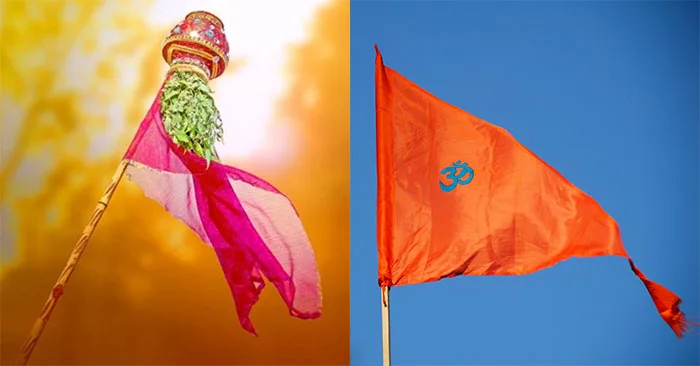
Traditional feasts: On the first day of the new year, families in a lot of places gather for traditional meals, which are frequently accompanied by music and dance.
Religious rituals: On the first day of the new year, people in some parts of the world perform religious ceremonies to either pay homage to gods and ancestors or ask for blessings and luck for the upcoming year.

Gift-giving: On New Year’s Day, people in many places give gifts to friends and family to mark new beginnings and strengthen relationships.
Traditional dances: On the day of the New Year, traditional dances are typically accompanied by music and song in some regions.
These are a few of the most well-known customs associated with the Indian New Year, each of which reflects the country’s cultural and regional diversity. The Indian New Year is a time for people to come together to celebrate new beginnings, uphold cultural traditions, and prepare for a prosperous and fulfilling year ahead, regardless of regional differences.
Challenges
Like any major celebration, the Indian New Year is not without its difficulties. Among the most notable difficulties encountered during this time are:
Overcrowding: Overcrowding, traffic jams, and other logistical issues can arise when a large number of people gather to celebrate on the day of the Indian New Year in many areas.
Pollution of sound: Fireworks and other forms of revelry can disturb people and wildlife and contribute to noise pollution with their persistent and loud noise.
Effect on the environment: During the Indian New Year, the widespread use of fireworks and other forms of celebration can have a significant negative effect on the environment, including air and water pollution.
Monetary burden: The cost of food, gifts, and decorations for the Indian New Year can be expensive for many families, adding to the stress of the season.
Safety issues: During the Indian New Year, the use of fireworks and other forms of celebration can put people, especially children, in danger and lead to accidents and injuries.
Sensitivity to culture and religion: People of various religions and cultures celebrate the Indian New Year, and disagreements and cultural misunderstandings can arise from differences in customs and practices.
In spite of these difficulties, the Indian New Year continues to be a significant and cherished occasion for many people in India. In many communities, efforts are being made to address the difficulties and make the occasion safer, greener, and more sustainable.
Conclusion
The Indian New Year is a time to celebrate new beginnings and the country’s cultural heritage. It is marked by a wide range of customs and traditions that show the country’s diversity. Even though there are some issues with the celebration, such as crowding, noise pollution, cost, and safety concerns, it is still a significant and cherished occasion for many Indians. We can guarantee that this time-honored custom will continue to be a source of joy and pride for future generations if we collaborate to address these issues and celebrate the New Year responsibly and sustainably.
FAQs
When is the celebration of the Indian New Year?
Depending on regional and cultural traditions, the Indian New Year is celebrated at various times. In India, New Year’s Eve falls on January 1st, but some regions observe it on other dates according to their customary calendars.
What are the primary occasions for celebrating the Indian New Year?
Decorating homes, flying kites, performing holy dips, and feasting with family are the primary celebrations. The celebration also includes traditional dances, giving gifts, and religious rituals.
What difficulties are encountered during the Indian New Year?
During the New Year, a number of issues such as crowding, noise pollution, financial burden, and safety concerns will be faced.
Is there work being done to make the celebration of the Indian New Year more long-lasting?
Yes, efforts are being made to make the celebration safer, greener, and last longer.
What is the significance of the Indian New Year?
The Indian New Year is celebrated as a celebration of new beginnings and cultural heritage, and it is marked by a diverse array of customs and traditions that reflect the country’s diversity. As a result, it is regarded as significant.
Can the difficulties of Indian New Year be overcome?
Working together to celebrate the Indian New Year in a responsible and sustainable manner can address the challenges that are encountered.






